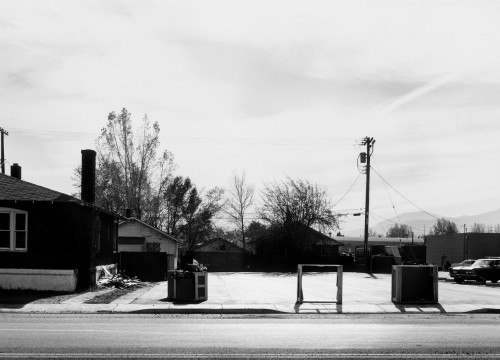The artist overturned the notion of the portrait with a work on the border between reality, fiction, and allegory
To be something else, to be everyone. To be the alter ego of every man, woman, thing – an artificial creature, and yet a real human being. To represent the indeterminateness and always be yourself. To simply be an artist. Throughout her career, Cindy Sherman has overturned the notion of the portrait by creating works that stand on the border between reality, fiction, and allegory. The artist’s images mock stereotypes, deconstruct female archetypes, and question the fluidity of gender, age, social and individual identity, as well as that of intimate and collective memory. “Cindy Sherman at Fondation Louis Vuitton” provides a comprehensive overview of the extensive work of the US author who was born in New York in 1954. The 170 works featured in the exhibition are divided into 18 series and occupy three galleries of the foundation. They retrace Cindy’s career from 1975 to the present, including early creations as well as more recent – and sometimes unpublished – works. Alongside with it, another exhibition is taking place. It is called “Crossing Views” and gathers 50 works relating to the theme of the portrait. These works, which belong to the Vuitton collection, were chosen by Cindy Sherman and created by twenty French and international artists, including Christian Boltanski, Louise Bourgeois, Andy Warhol, Damien Hirst, and Ming Wong.
Cindy was anyone: a witch, a housewife, a dandy, a lover on the phone
Cindy Sherman was anyone: an actress of imaginary cinema in Untitled Film Stills (1977-1980); a stylish woman in Fashion (1983); a Bacchus and a Madonna in the History Portraits (1988-1990); a clown in Clown (2004); a lover hanging on the telephone; a witch; a housewife; a dandy; and even an object, as in the Sex Pictures series (1992). In her latest series, Cindy Sherman splits into two; she becomes a couple, appearing as both a woman and a man. The Society Portraits (2008), the Murals (2010), the Paysages (2012), the Harper’s Bazaar (2016), the Flappers (2018), and the Men (2019-2020) represent a further evolution in the poetics of the artist, who blends genres, social roles, and the media, together in the light of a now mature image-based society that consolidated through the web and the social networks. In all her works, Cindy Sherman is always alone; although she multiplies in several figures, she is nonetheless alone. However, what we see in these works is not her real image. Her works are never biographical; she is not the subject, and her portraits are not selfportraits. Cindy Sherman opposes the tyranny of the ideal image and does not seek consensus, gratitude, or celebrity. And yet, paradoxically, by disappearing behind masks, make-up, and disguises, Cindy Sherman has become an icon.
Cindy Sherman at
Fondation Louis Vuitton
Paris
Curated by
Marie-Laure Bernadac
Olivier Michelon
Ludovic Delalande




























